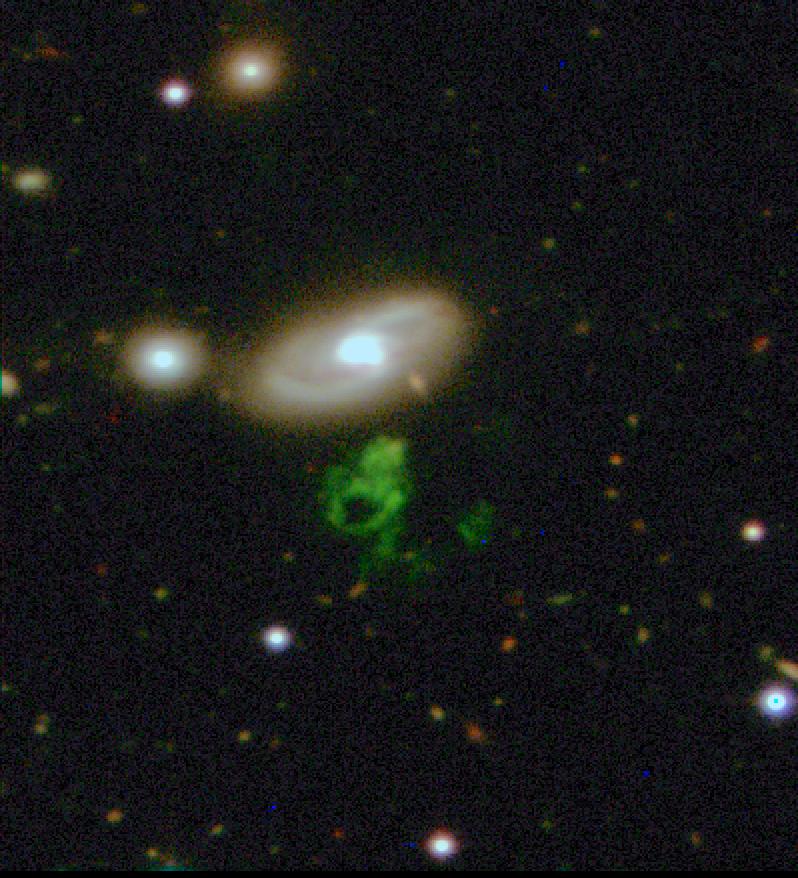Saturday, January 01, 2011
Renormalization
Quantum Field Theory (QFT)is the basic framework for both particle physics and condensed matter physics. However, disturbingly, QFT calculations are plagued by unwanted infinities. All too often, when we use the theory to calculate some observable property - for example, the mass of a particle - our calculation diverges, there is no finite solution. This can't be a good thing, especially when we find in our laboratories that the mass of that particle is indeed finite. Ordinarily, this would seem like a really good reason to throw up our hands and find ourselves a better theory. But theoretical physicists are made of sterner stuff. Whenever they stumble across one of these infinities they simply use the actual observed laboratory value instead. They then proceed with their calculations until they hit another observable infinity and do it again. For certain happy theories, clever people have proved that it's only necessary to resort to the process of kludging in laboratory values a finite number of times. The theory is then said to be renormalizable and the lucky physicist who creates such a theory may well get a Nobel Prize. Steven Weinberg got his Nobel Prize after the theory of electroweak interactions which he helped create was shown to be renormalizable. In the 2009 preprint Living with Infinities Weinberg discusses the problems with infinities in QFT.
Hanny's Voorwerp
Hanny's Voorwerp is mysterious green object found by an amateur during the Galaxy Zoo project, which enlists the public to help classify galaxies over the internet.
 http://antwrp.gsfc.nasa.gov/apod/ap080625.html
http://antwrp.gsfc.nasa.gov/apod/ap080625.html
 http://antwrp.gsfc.nasa.gov/apod/ap080625.html
http://antwrp.gsfc.nasa.gov/apod/ap080625.html
Subscribe to:
Comments (Atom)
